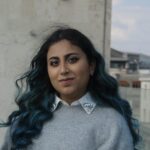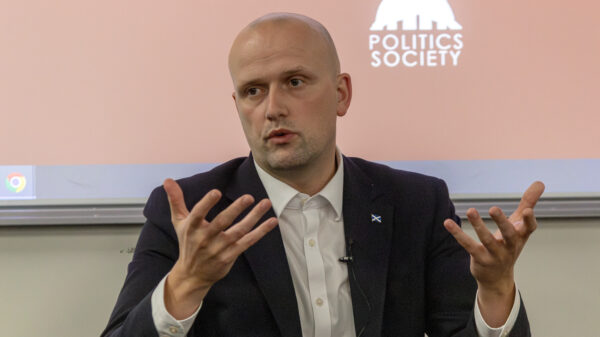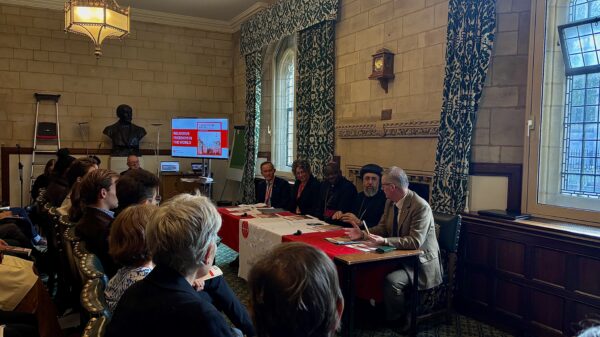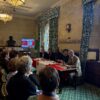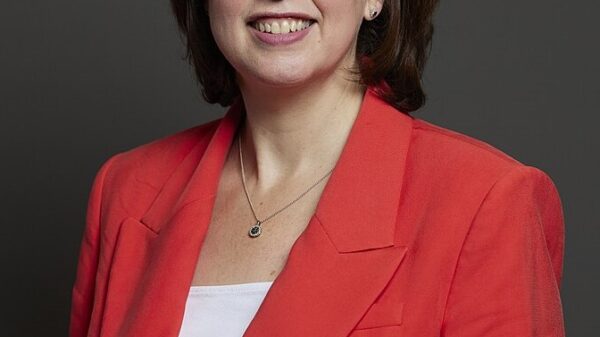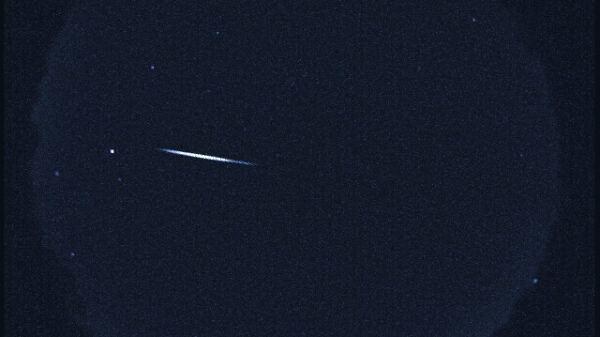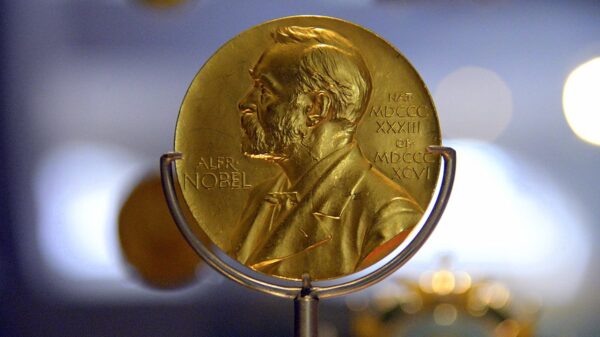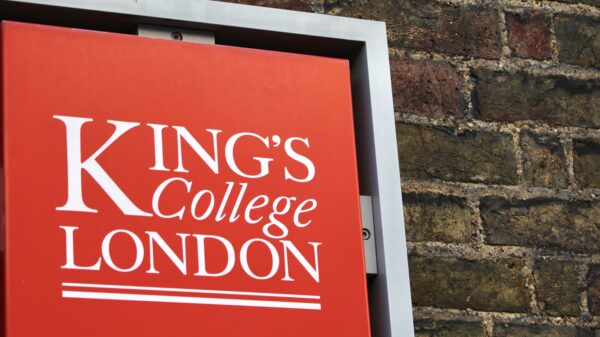Science Editor Jana Bazeed dissects the current science communication landscape.
This article was first published in print on 16 September 2024.
Chances are you have come across popular science—PopSci for short—of some shape or form in your day-to-day life. Be it a nature documentary playing at the dentist’s, or scrolling past a TikTok about climate change. It’s everywhere and in a post-Covid-19 world, it’s impossible not to acknowledge its efficacy at reaching diverse audiences.
Popular Science is a broader form of science communication – it has few barriers to entry and largely serves to entertain. This proves to be both a blessing and a curse. In theory, anyone can do it. But, not everyone can do it well; it is difficult to strike the delicate balance between entertaining and informative. In the age of social media, it’s important to stay vigilant when distinguishing science fact from science fiction. Nonetheless, due to its reach and entertainment factor, it remains an important form of scientific outreach, with institutions like the Institute of Physics taking to TikTok to build youths’ interest in the field.
For better or worse, people trust social media influencers almost as much as their own friends. This comes as no surprise and explains the prevalence of influencer marketing. This effect, however, extends beyond the realm of consumer goods and into scientific research, with a recent paper showing that papers promoted by top science influencers in the Artificial Intelligence and Machine Learning spheres receive more citations on average than similar unpromoted papers. More broadly, a 2017 German study also showed that general audiences were more likely to trust the claims of a popular science article than an academic paper.
This is unsurprising. Influencers are good communicators and storytellers – both key traits required for effective science communication. In fact, every guide on science communication prioritises storytelling and ‘the big picture’, pushing towards the omission of ‘scientific jargon’ and graphs in favour of accessibility. The result? Simplified explanations tailored to giving a general audience, be it children or adults, a ‘good enough’ understanding of what may have otherwise been a daunting topic to tackle. Naturally, we – the average viewer, are more likely to trust things presented to us in a way we can understand than explanations that may as well be written in a foreign language. However, there is such a thing as oversimplified – a common gripe scientists have with the media.
It is all too easy to place sole blame on the media – after all, embellishments here and there for the sake of clicks aren’t unheard of. That may sound defensive coming from me as a student journalist, but as an aspiring scientist, I’m inclined to look at the facts. A study published in the British Medical Journal showed an alarming trend for university press offices to exaggerate research findings in their press releases. And, like a game of telephone, by the time you get to the third article covering the same study, it is likely for the media coverage’s conclusions to have been spun into a facsimile of the original findings.
Now consider the results when the media’s source material—usually press releases as university press offices are viewed as trustworthy translators of hard-to-comprehend findings—is exaggerated from the start. While oftentimes it’s benign, the occasional exaggerated metaphor or two (that make experts in the field roll their eyes) can sometimes prove catastrophic. Take for example the myth that bras caused cancer which took TikTok by storm in 2023.
These exaggerations are not necessarily malicious, rather, they are simply a byproduct of the failings of our institutional structures. Much of scientific research is publicly funded. This means there is usually a correlation between public approval and how much a government invests in scientific research. Public support for investment in science is key to shaping it as a priority in our democratic system. Yet, what scientists view as revolutionary and exciting research could be seen as mundane to the layman. It takes a delicate balancing act to get it right, especially with declining trust in scientists after Covid-19.
To make matters decidedly worse, 2023 was a year of major losses in the field of science journalism, an already fairly niche area of the field. Popular Science shut down its magazine after 151 years. National Geographic cut the remainder of their magazine’s editorial staff with their final issue hitting shelves last December. Their TV channel also closed in several regions. Discovery Science ceased broadcasting in the Middle East, and Central and Eastern Europe this January. Many other publications’ science desks faced similar fates.
Understandably, this meant a rise in the proportion of science stories covered by non-specialist journalists caused by 1) an increased difficulty for newcomers in the field to get a foot in professional publications, and 2) the rise of a more DIY approach to fill in the gaps left in the market. The responsibility to engage in science communication and public outreach now increasingly falls on scientists themselves–a hard task in itself but made even harder by a shortage of adequate support from their institutions.
It’s not all doom and gloom. Popular science is important. For many, it’s a stepping stone into STEM—that was certainly the case for myself, going from watching MythBusters on Discovery Science as a child to binge-watching YouTube videos about the science behind lightsabers–until reading ‘The Science Behind Interstellar’ on a Kindle hidden behind an IB Maths textbook prompted me to decide Physics sounded fun.
So, what’s the verdict?
As with everything else, it’s good to expose yourself to the full picture and make your own conclusions. If a headline sounds too good to be true, it probably is—and this isn’t just the journalist in me speaking—maybe read on for a few more lines. So maybe we didn’t discover alien life on Saturn’s moons, but the discovery of liquid water beneath Enceladus’ surface is still pretty cool and important.
News Editor. Final-year MSci Physics and Philosophy student at King's College London, with a keen interest in science communication, and the intersection of science, philosophy, and society.


